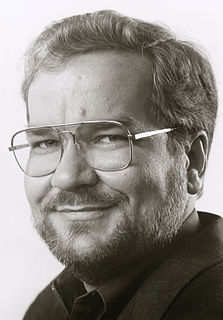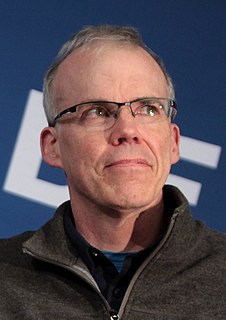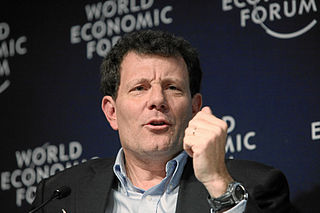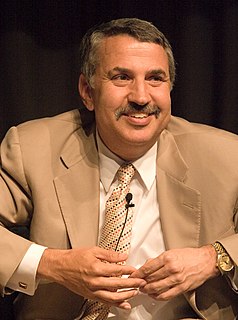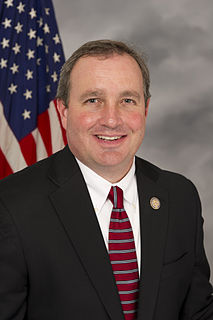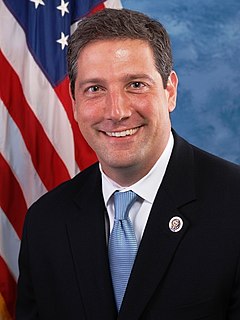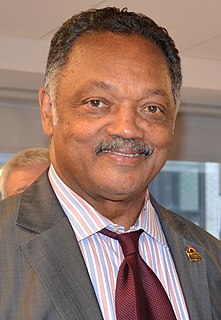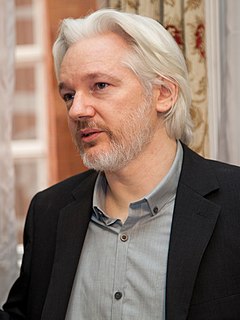A Quote by Van Jones
The more we deploy the technologies to capture wind and solar power, the cheaper those technologies become.
Related Quotes
Our goal is to turn solar electric technologies into a commodity business like computer chips, and make them ubiquitous in the built environment. I'd couple this with a huge commitment to fundamental research in nanostructure to goose the next generation of more efficient, cheaper, dematerialized cells. And if I'm truly czar, I'd emphasize silicon technologies, as that approach is the one least likely to encounter material constraints in supplying an explosive global demand.
Yes, sunny Nevada is an ideal state for solar power. As it gets cheaper, the state should use solar whenever it makes financial sense. But politicians shouldn't force you to buy it regardless of cost. It doesn't make sense to insert into the state constitution a requirement on energy use that locks Nevada into 50 percent wind and solar.

